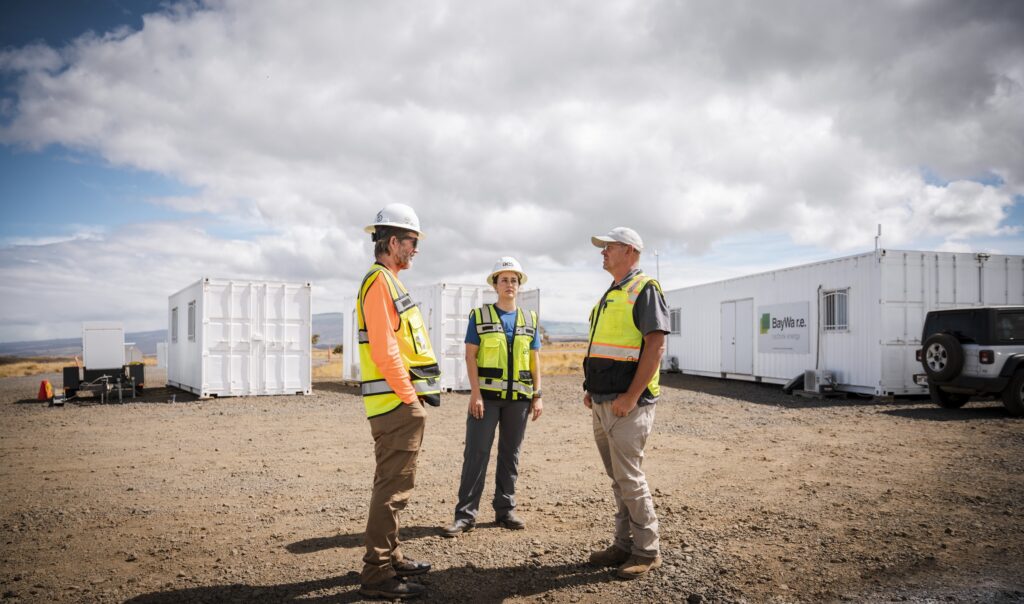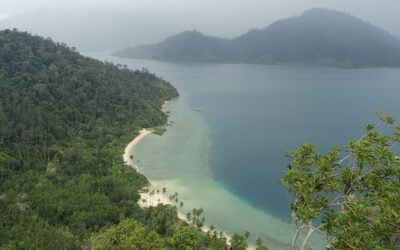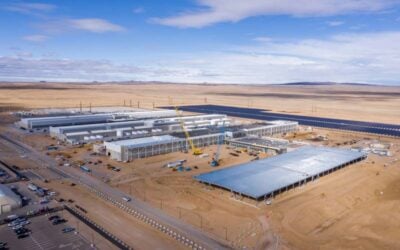
Utility Hawaiian Electric has said that the AES Waikoloa solar PV and battery storage project on Hawaii Island is nearing completion.
The system is due to begin commercial operations by April this year, or earlier. When it does, it will begin delivering power to the utility under a 25-year power purchase agreement (PPA) at just US$0.09/kWh – which Hawaiian Electric Co (HECO) said is one of the lowest rates payable for energy anywhere in the US state.
Enjoy 12 months of exclusive analysis
- Regular insight and analysis of the industry’s biggest developments
- In-depth interviews with the industry’s leading figures
- Annual digital subscription to the PV Tech Power journal
- Discounts on Solar Media’s portfolio of events, in-person and virtual
As reported by Energy-Storage.news back in August 2022, US power producer AES Corporation is developing the plant, featuring 30MWac/43MWdc of bifacial solar PV modules on single-axis trackers, and 30MW/120MWh of lithium-on battery storage.
As noted in the August article, AES appointed German renewable energy company Baywa r.e. as engineering, procurement and construction (EPC) contractor.
Around the same time, AES announced the start of construction on another Hawaii solar-plus-storage project, Kuihelani Solar + Storage, which pairs 60MW of solar PV with a 240MWh battery energy storage system (BESS), on another Hawaiian island, Maui.
A PPA is also in place for Kuihelani, with both projects’ contracts awarded in 2018 and then signed off and approved by regulators in 2019.
Baywa r.e.’s assessment in August that the Waikoloa project would be “substantially completed” in the four remaining months of 2022 appears to have been held to. Hawaiian Electric said on 29 December that Waikoloa Solar + Storage is already being tested at 85% of its capacity.
Hawaii, as an island state historically dependent on imported fossil fuels – mainly diesel and fuel oil but also with some coal until the closure last year of its last remaining coal plant – has long seen solar and batteries as an answer to its energy security, pollution, and climate change challenges.
Perhaps most important however is that renewable energy and battery systems offer the potential to lower the cost of electricity and of operating the grid, with utility-scale projects like AES’ and several others awarded through HECO solicitations, and high adoption rates for residential rooftop solar.
For instance, Waikoloa alone when up and running is expected to lower a household on Hawaii Island’s electricity bills by about US$2 a month, HECO said.
Meanwhile, HECO is seeking to incentivise residential battery storage adoption too. The utility also said in late December that it has experienced healthy customer demand for its scheme, called Battery Bonus.
Launched in July 2021, enrolments on the island of O’ahu have already filled the 15MW cap on the programme’s first tier, and now it moves to Tier 2, which will award incentives for a further 15MW on O’ahu, but at a lower rate.
A total 50MW of deployment is being pursued on O’ahu, with the 20MW Tier 3 again set to pay out at a lower per-kilowatt rate for capacity of battery systems installed.
Tier 1’s per-kilowatt payment was set at US$850, while Tier 2 customers get US$750, while participants also get bill credits for exporting to the grid and monthly peak capacity payment. The latter is important to the purpose and design of the programme.
Essentially, HECO wants to use Battery Bonus systems to help manage peak demand – customers must use their own stored energy, or export energy to the grid, within a two-hour period during evening peak times.
Energy-Storage.news’ publisher Solar Media will host the 5th Energy Storage Summit USA, 28-29 March 2023 in Austin, Texas. Featuring a packed programme of panels, presentations and fireside chats from industry leaders focusing on accelerating the market for energy storage across the country. For more information, go to the website.






